Large Jewish cemetery with ceremonial hall. Square the harmonic building of the former Hotel Europe.
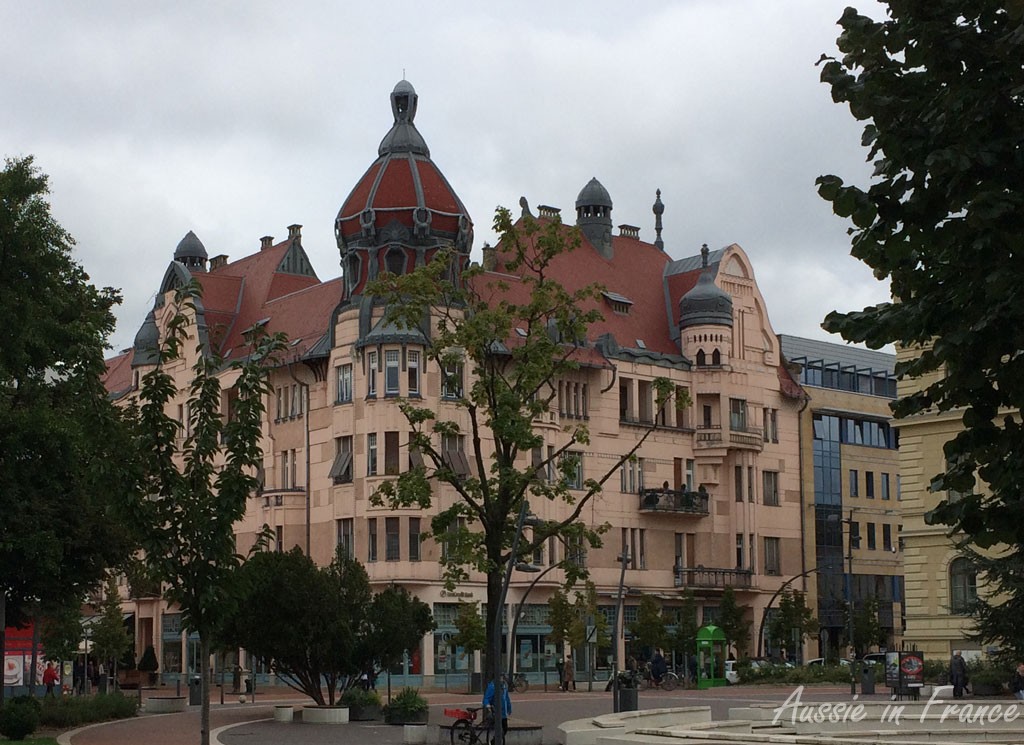
Szeged Hungary Art Nouveau At Its Finest Aussie In France
In the 18th century Szeged quickly grew and developed.

19 century european building szeged. It marks the beginning of a Pax Britannica which lasts until 1914. Szeged and its area have been inhabited since ancient times. On the southern.
Greek Revival 1800-1900 was an architectural movement of the late 18th and early 19th centuries predominantly in Northern Europe and the United States. Prices and download plans. After the Turks conquered this area the castle served as a fort for the new rulers.
Ptolemy mentions the oldest known name of the city. In 1879 a flood almost wiped Szeged out leaving only 265 of 5723 houses standing. Past and present of 19th-century fortificatons built in Central Europeköszöntő During the second half of the 19 th century the permanent fortifications were considered as one of the most important elements of warfare.
The strength of a nations defence and military preparedness was measured through the effectiveness of the fortification. By 1870s the Southeastern Hungarian city of Szeged was emerging as a major economic and cultural hub in Central Europe. The Congress of Vienna redraws the European map.
New Urbanism from 19th century Europe. By 1870s the Southeastern Hungarian city of Szeged was emerging as a major economic and cultural hub in Central Europe. Jewish community and active community complex with prayer room.
A product of Hellenism it may be looked upon as the last phase in the development of Neoclassical architecture. It was the 2nd largest city in Hungary with a population of 75000. At one time there was a castle in Szeged whose western walls were located right in this park where the town hall is.
In the second half of the 17th century the city was part of Austria-Hungary. The name Szeged was first mentioned in 1183 in a document of King Béla III. Szeged first was looted by the Turks and after 20 years became part of the Ottoman the empire in which part remained for 150 years.
Szegeds magnificent domed Great New Synagogue was designed by Budapest-based Lipot Baumhorn 1860-1932 Europes the most prolific synagogue architect and completed in 1903. The map of Jewish world had been shaped in East Europe by the end of the 18th century and its main characteristics existed until the 20th century. Sign in Sign up for FREE Prices and download plans.
Szeged The city and its area have been inhabited since ancient times and it has slowly grown into the third most populated locations of Hungary. A landmark of Szeged the Anna thermal baths boast famous medicinal waters. Under Szeged lies a several-hundred-kilometre long pipesystem often running inside hundred-year-old brickwalls.
Napoleon escapes exile and begins the Hundred Days before finally being defeated at. The city of Szeged was placed on this virtual Jewish map when Mihály Pollack the first Jewish trader settled in the city in 1781. The construction of the system was a European-scale investment using the most modern technologies of the time.
On the back of the catastrophe there was intense construction furnishing Szeged with proud Neoclassical Eclecticist and Art Nouveau architecture. The 19th century reshaped the square both in appearance and function. Reaction and conservatism dominate all of Europe.
In the second century AD there was a Roman trading post established on an. New Urbanism from 19th century Europe. Located in a grand Turkish-domed building from the late 19 th century the Anna Baths include natural thermal water pools spa-type baths and saunas.
In the 19th century the city turns into a major industrial center. The baths also offer wellness services and medical treatments in addition to relaxation options. One tenth of the recent pipes were constructed in the middle of the 1800 century or in 1879 during the Great Flood.
Szeged reborn from the flood of 1879. It was built for the. Scandinavian minimalism combined with 19th century romantic lifestyle – See 194 traveler reviews 179 candid photos and great deals for Tiszavirag Szeged.
At the confluence of the Tisza and Maros Rivers Szeged is a city that was reborn at the end of the 19th century. The citys current landscape is based on a tragedy the big flood of 1879 demolished most of the buildings giving place to a newer more picturesque building. Principal building of the University of Szeged the early eclectic palace stands which was originally a secondary school.
Szeged reborn from the flood of 1879. The main types of nineteenth century architectural styles included. It is possible that Attila king of the Huns had his seat somewhere in this area.
The Concert of Europe attempts to preserve this settlement but the forces of liberalism and nationalism make for dramatic changes. But in the 19th century when Hungary regained this territory newer buildings began to be constructed such as the Town Hall. It was the 2nd largest city in Hungary with a population of 75000.

Complete Art Nouveau Private Tour In Szeged 4h Art Nouveau Club

Old Building In Szeged Editorial Photo Image Of Summer 99210281

Szeged The Sensational City Of Art Nouveau In Southern Hungary A Life Without Borders
European Society For Comparative Legal History Call For Abstracts Codificational Achievements And Failures In The 19th 20th Century Szeged 29 30 October 2015 Deadline 30 June 2015
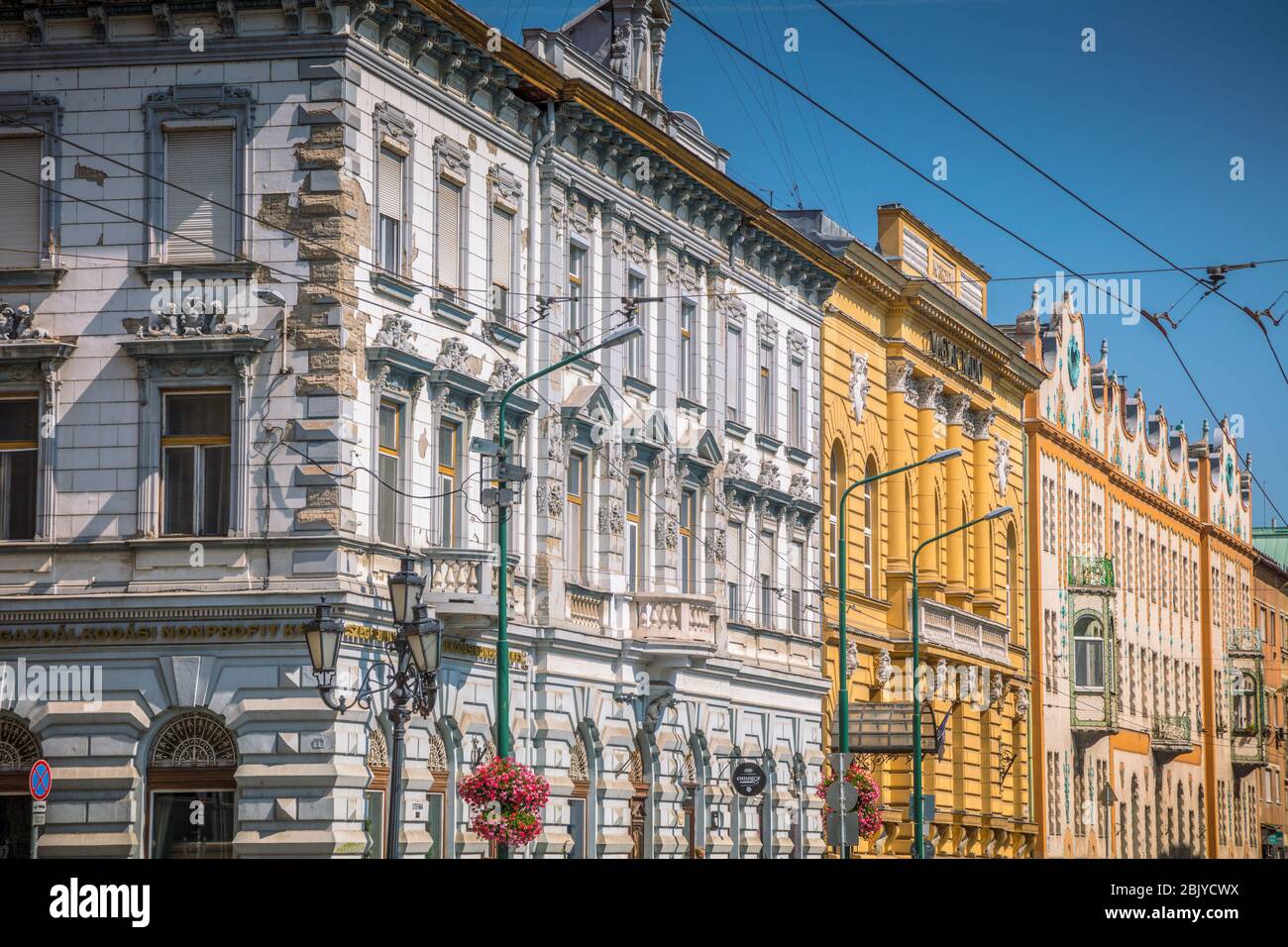
Architecture Of Szeged Szeged Csongrad Hungary Stock Photo Alamy
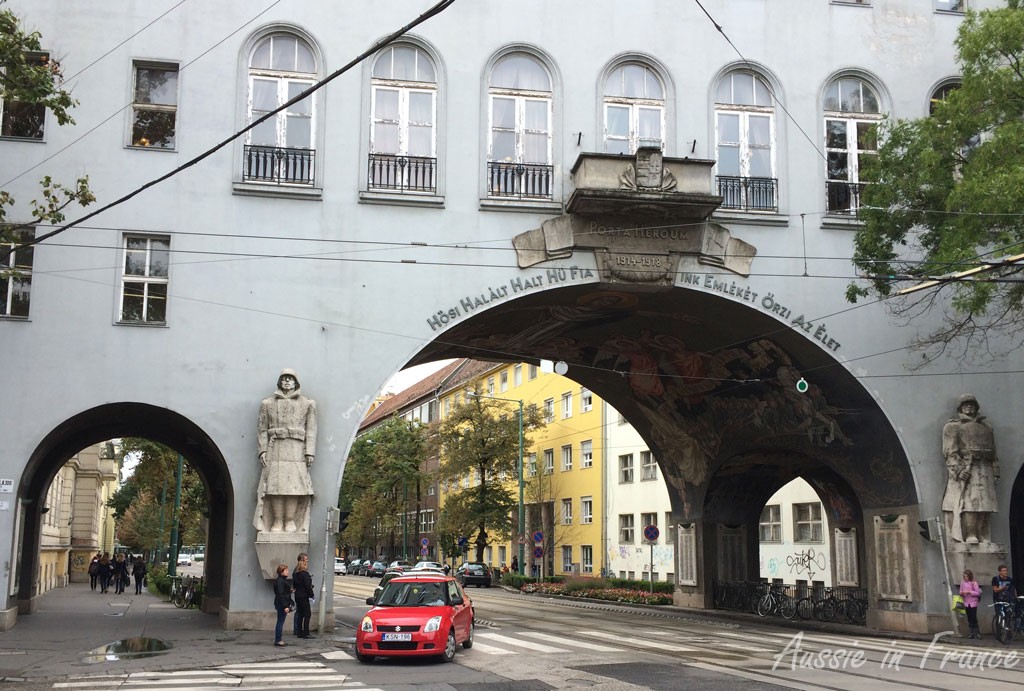
Szeged Hungary Art Nouveau At Its Finest Aussie In France
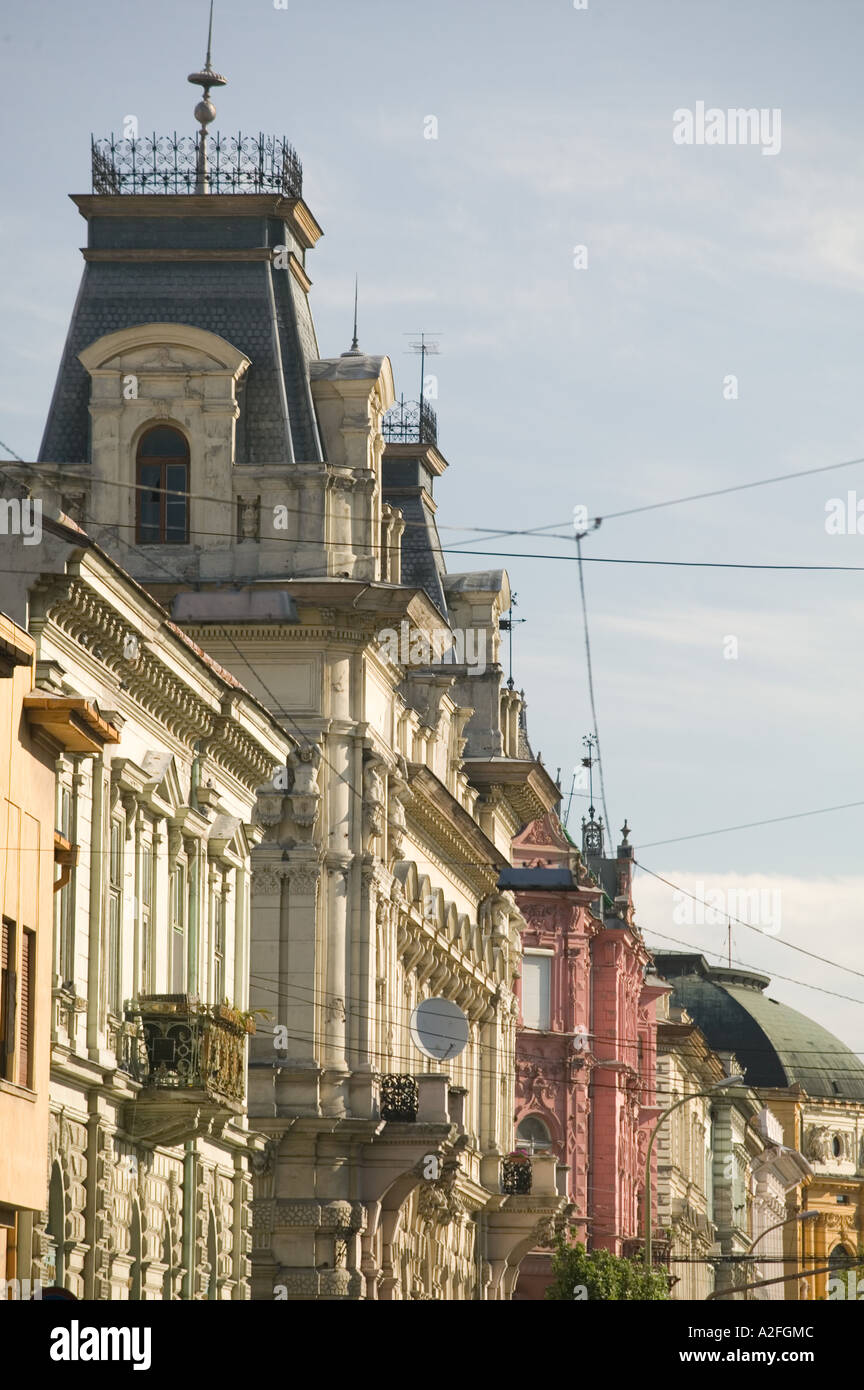
Hungary Great Plain Szeged Downtown Architecture Stock Photo Alamy
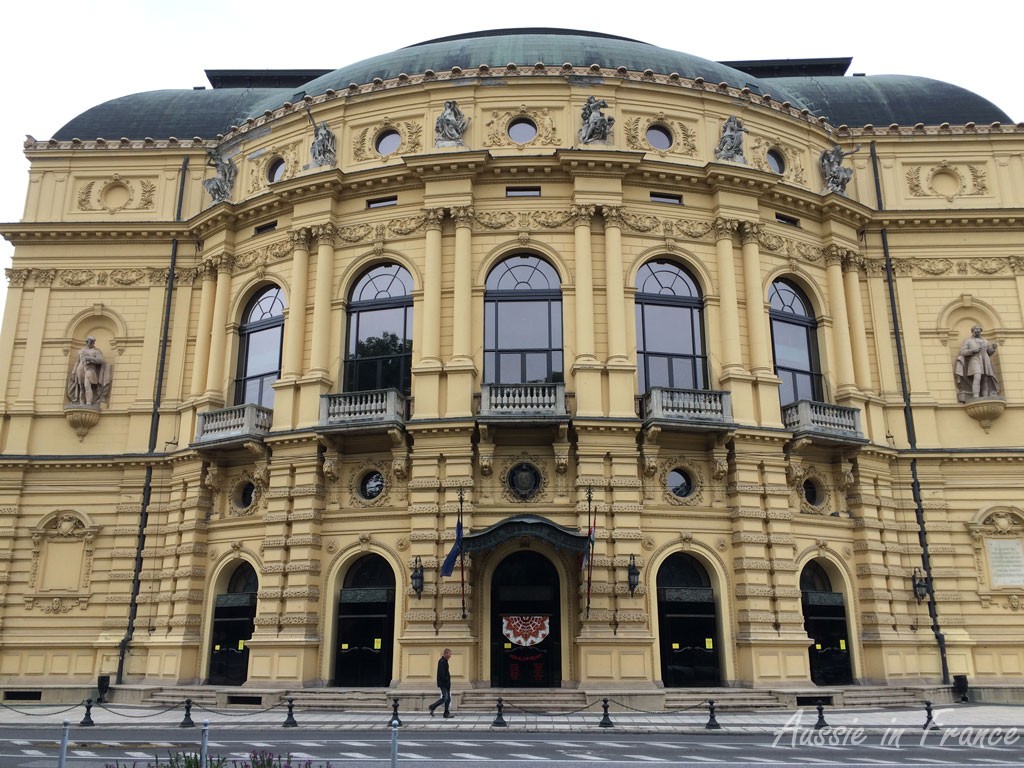
Szeged Hungary Art Nouveau At Its Finest Aussie In France

Street Of The City Center Of Szeged Southern Hungary Surrounded Stock Photo Picture And Royalty Free Image Image 105384365